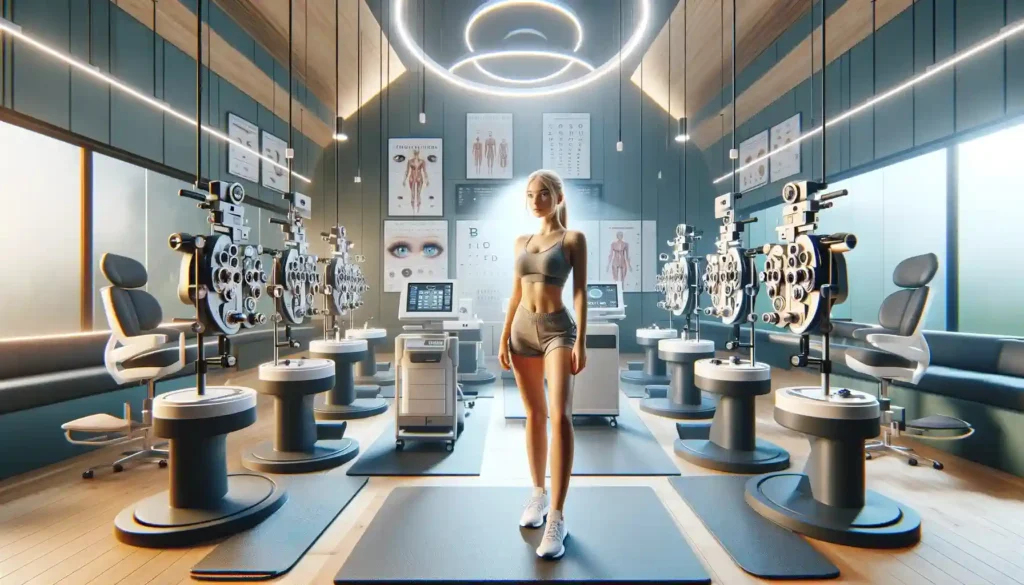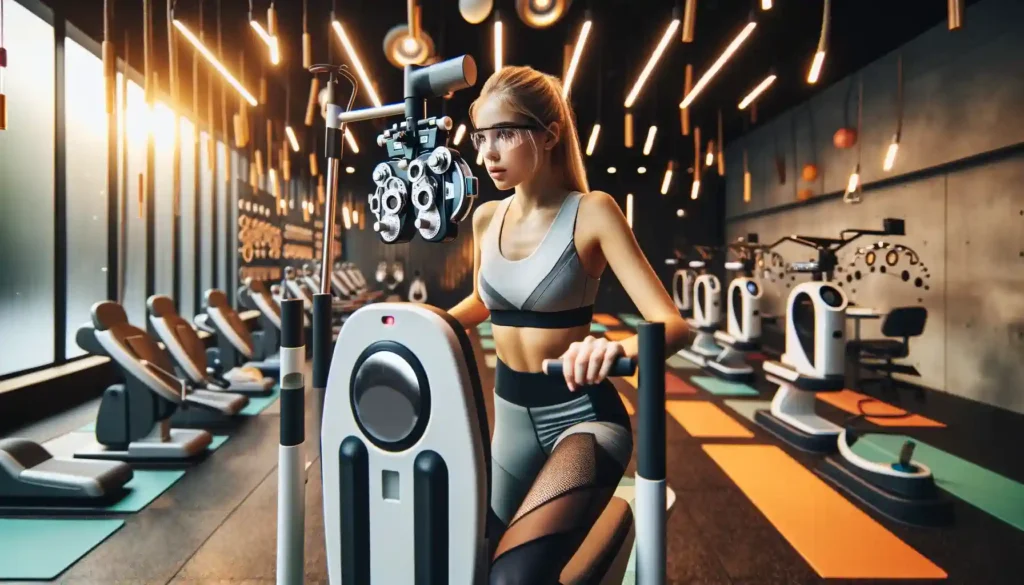Trace elements are minerals that are essential for good health, including eye health. Here are some Trace elements to get better eye health and improve vision. Vital components of these trace elements can help improve vision and maintain good eye health. I want to share with you the essential trace elements for eye health Zink, copper, Manganese, and Calcium that is needed for the eyes.
The Role of Trace Elements in Maintaining Healthy Eyes

Zinc to get better eye health
Zinc enhances the action of various hormones, improves the formation of hemoglobin and the process of erythrocyte formation and wound healing, and increases the body’s resistance to infections. It is essential for normal growth. Zinc affects the activity of hormones and the pituitary gland. It also increases enzyme activity. Zinc enhances intellectual abilities and memory, fights depression, and stress plays an important role in the control of epileptic seizures.
Its deficiency causes cataracts and lens aging. Zinc helps the body absorb vitamin A and also helps to reduce the number of free radicals in the body, prevents the development of retinal degeneration, and inhibits the decline in twilight vision. The body’s need for zinc is 10-15 mg per day for adults and 4-6 mg for children.
Foods to improve eye health with Zink
Sources of zinc are meat, seafood, eggs, yeast, rice, cereals, and legumes. Mushrooms contain the largest amount of zinc: they contain 130–202.3 mg per 1 kg of dry substances. In onions – 100 mg, in potatoes – 11 mg.
Excess zinc inhibits growth and disrupts bone mineralization with zinc deficiency, growth overexcitation of the nervous system, and quick fatigue. Skin lesions occur with thickening of the epidermis, skin edema, mucous membranes of the mouth, and hair loss. Zinc deficiency can lead to increased accumulation of iron, copper, and cadmium.
Trace elements to get better eye health: Copper to get better eye health naturally
The vital element Copper is involved in tissue respiration, hemoglobin synthesis, and maturation of erythrocytes. Copper is also involved in the growth and reproduction processes. Copper is a powerful antioxidant that protects the eyes from inflammatory diseases. It also supports collagen binding, ensuring vascular strength.
With a lack of copper in the body, there is observed: growth retardation, anemia, dermatoses, depigmentation of hair, partial baldness, and loss of appetite. The body’s daily requirement for copper is 2 mg. Sources of copper are beef, liver, shrimp, oats, mushrooms, beans, watermelon, and pepper. Excess copper leads to deficiencies in zinc and molybdenum, as well as manganese.
Manganese to recover your eyesight and get better vision
Manganese is found in all organs and tissues. It prevents fat accumulation in the liver, improves the formation of hemoglobin, increases the body’s defenses, and improves metabolism proteins and some vitamins (B1, B6, C, E), which are essential for reproductive function. Manganese trace elements help to get better eye health and improve vision. It also helps improve muscle reflexes, prevent osteoporosis, improve memory, and reduce nervous irritability. For the eyes, it works just like copper. Rye, oats, legumes, beets, pumpkin, raspberries, black currants, tea, nuts, green vegetables with leaves, peas, and beets are the main products that contain manganese. With a lack of manganese, ossification processes are disrupted throughout the skeleton, tubular bones thicken and shorten, and joints are deformed. Reproductive ovarian and testicular function. Excess manganese increases magnesium and copper deficiencies.
Trace elements to get better eye health: Selenium for eye health and clear vision
Selenium. Its role in the body is still poorly understood, but it is believed that it slows down aging. In addition, selenium helps maintain youthful tissue elasticity. He protects cells from decay products, eliminates fatigue, and reduces the likelihood of tumors. It is believed to act in the same way for the eyes as copper or manganese.
Daily allowances are 5 mg – for women and 7 mg – for men.
Foods with trace elements to get a healthier vision
Selenium works well with vitamin E. Contained in seafood, kidneys, liver, onions, tomatoes, and broccoli cabbage. Selenium hyperdoses cause an enlargement of the liver and, pain in the right hypochondrium and pain in limbs, cramps, a feeling of numbness. With a deficiency of selenium in the body, arsenic and cadmium accumulate, which, in turn, exacerbates selenium deficiency. In this turn, selenium protects the body from heavy metals, and an excess can lead to a deficiency of calcium.
Calcium to improve eye health
Calcium is found in bones and teeth. They contain 99% of all calcium in the body, and only 1% is found in other tissues and the blood. It regulates the permeability of cell membranes and blood coagulability, the balance of excitation and inhibition processes in the cortex brain. The daily requirement for calcium is 0.8-1 g. The body’s need for calcium increases during pregnancy and lactation, and bone fractures. With an excess of calcium in the body, chronic arthritis develops, the structure of bone tissue is disturbed, muscle weakness develops, coordination of movements becomes difficult, and heart rhythm disturbances.
Trace elements to get better eye health: Calcium to eliminate eye problems
With a lack of calcium, there is tachycardia, arrhythmia, whitening of the fingers and toes, muscle pain, vomiting, constipation, increased irritability, disorientation in space, hallucinations, and confusion. Hair is rough and fall out; nails become brittle; the skin thickens and coarsens; on the enamel of the teeth pits, grooves appear; the lens of the eye loses its transparency. Calcium in food, both plant and animal, is in the form of insoluble salts. They are not absorbed in the stomach, but in the upper part of the small intestine, mainly in the 12- duodenum.
Their bile acids have a great influence on absorption. Therefore in diseases of the liver or intestines, the absorption of calcium may be difficult. It seems to be a person who eats calcium-containing foods or even medications, but still, he does not have enough calcium. The largest amount of calcium is found in milk, cheese, cottage cheese, vegetables, and fruits. The calcium of dairy products better absorbs the intestines. Excess calcium can lead to deficiencies in zinc and phosphorus while at the same time inhibiting the accumulation of lead in bone tissue. All pharmaceutical calcium must also contain vitamin D since it improves calcium absorption and protects bone tissue from destruction.

Eyesight Academy Course to get Better Eye Health and clearer vision transformation
Introducing the Eyesight Academy, the comprehensive course designed to help you achieve and maintain healthy eyes!
Are you tired of blurry vision, eye fatigue, or other vision problems? Our course is perfect for anyone looking to improve their eye health, whether you’re looking to prevent future issues or address existing ones.
The Eyesight Improvement course will guide you through a series of modules designed to teach you everything you need to know about maintaining healthy eyes. You’ll learn about the importance of proper nutrition, exercise, and lifestyle choices, as well as the role of various nutrients, vitamins, and trace elements in maintaining good vision.
Boost your eye health with Eyesight Academy
In addition to informative lectures and presentations, our course also includes practical exercises and tips that you can incorporate into your daily routine to improve your eye health. We’ll also provide you with personalized recommendations and support to help you achieve your specific vision goals.
Enroll now in the Eyesight Academy and take the first step towards achieving healthier eyes! With our expert guidance and practical tools, you’ll be on your way to a better vision and a brighter future.
Today you found out how important trace elements are for the eyes, such as Zink, Copper, Manganese, and Calcium, and for the whole body overall. I hope it will help you.

